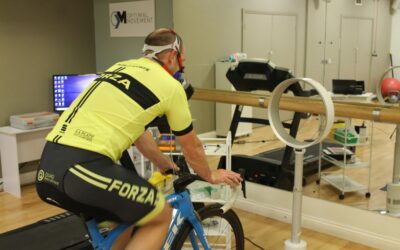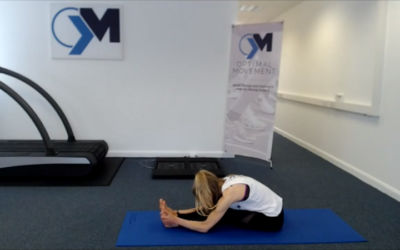SHOCKWAVE THERAPY
A safe and effective treatment for chronic pain and musculoskeletal injuries, resulting in quick relief of pain and a rapid recovery
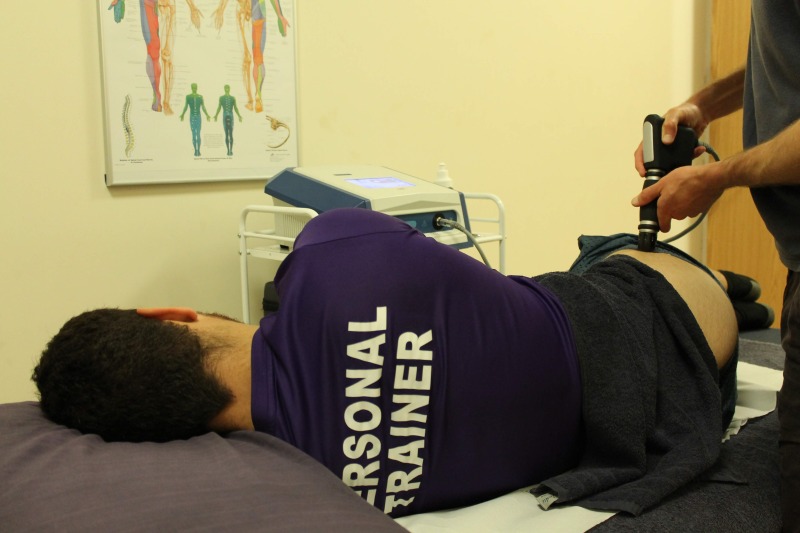
Why Use Shockwave Therapy?
Shockwave Therapy is becoming an increasingly popular means of treating a huge variety of musculoskeletal injuries. The evidence behind shockwave therapy as a modality for injury treatment is very positive and ever-growing. We believe the wealth of clinical evidence cannot be ignored, as a result we are now offering shockwave therapy in Shrewsbury at Optimal Movement. When you have a chronic injury that lasts for weeks or months, your body may be restricted or unable to encourage a healing response. Shockwave therapy is a treatment that can rapidly encourage the healing of chronic injuries in just 6 treatments over a 6 week period. Injuries such as achilles tendinopathies and plantar fasciitis that have lingered for weeks, months or years can be eliminated in a very short period of time.
Shockwave Therapy is particularly effective for the following injuries:
- Tendinopathies
- Shoulder Tendonitis
- Frozen Shoulder
- External Humeral Epicondylitis (Tennis Elbow)
- Trigger Points
- Patella Tendinitis
- Achilles Tendinitis
- Plantar Fasciitis
- Femoral Greater Trochanter pain syndrome
- Internal Humeral Epicondylitis (Golfers Elbow)
- Myofascial Pain Syndrome
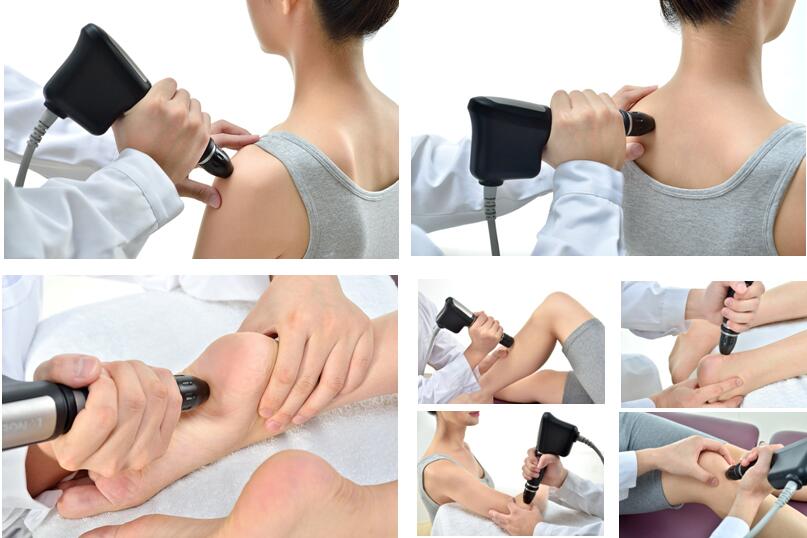
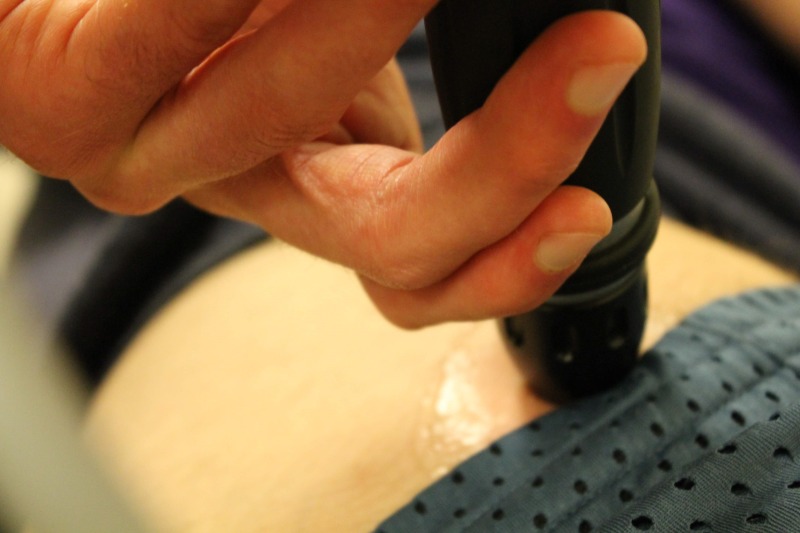
How Does Shockwave Therapy Work?
Applied through a hand piece attached to an external compressor, a shockwave is an intense, short energy wave generated by a projectile which strikes a fixed applicator at very high speed. Traveling faster than the speed of sound, shockwaves are delivered to targeted tissue through the skin. The waves target damaged tissue and encourage the physiological effects that lead to tissue healing and regeneration.
There are two key phases within the application of a radial shockwave; a compression phase which creates sheer stress in the damaged tissue and a depression/tensile phase that creates cavitation bubbles within the tissue that generate healing.
What’s involved in a treatment?
Like in all of our treatments, your therapist will go through a thorough consultation and musculoskeletal assessment prior to any treatment. Shockwave therapy will only be utilised on those who have had all of the procedure fully explained to them and those who are free of any contraindications (there are very few people who are unable to receive shockwave therapy because of pre-exisiting medical conditions, this is one of the main benefits of this treatment).
6 treatment sessions are recommended over approximately a 6 week period. We advise to engage in a shockwave therapy treatment package alongside a rehabilitation plan as this dramatically increases the likelihood of full recovery. Very little will change in your day-to-day routine between treatments and physical activity is usually encouraged.
How does it feel and how long does it last?
Some mild discomfort may be felt initially but this is something that reduces quickly, often a few seconds after the initial application. Your feedback and the therapist’s experience will influence the shockwave variables that can be manipulated: Pressure, Frequency, Energy Flux Density and Number of Shocks. Changing these variables can decrease the discomfort felt.
The length of a session is influenced by the frequency and number of shocks prescribed in each treatment. Typically the application of shockwave treatment alone will be between 5 and 10 minutes.
Are there any risks?
There are very few risks involved with shockwave therapy. After your first treatment there may be a little soreness in the area of application but more often than not we see a strong analgesic effect and reduction in pain. Activity should be reduced in the 48 hours following treatment but not eliminated entirely.
Shockwave therapy is not suitable in the following circumstances: if you are pregnant, have a blood clotting disorder, if tumours are present at the treatment site, if you have a pacemaker, if you have a skin infection or abrasion at the treatment site.
Our Shockwave Therapy Unit
In clinic we use the Longest Powershocker, a world-renowned, portable and reliable shockwave generator. The electronics within this machine are made in Germany and have been created in response to 20 years of research and development. The parts are manufactured to world-class quality standards: ISO9001, ISO13485, CE marking and FDA approval. For more information please see the video opposite or get in touch.
50min Shockwave Therapy Treatment Session
(Trial Session)- Includes a thorough initial consultation and assessment
- 1 x Shockwave Therapy treatment towards the end of your session
- An ideal session if you would like to trial shockwave therapy before committing to a package
6 x 25min Shockwave Therapy Treatments
(Excludes Rehab Plan)- Includes a thorough initial consultation and assessment
- 6 x Shockwave Therapy treatments over 6 x 25 minute treatment sessions
- Perfect for those who are already engaging in a rehabilitation plan
6 x 50min Shockwave Therapy Treatments
(Includes Rehab Plan)- Includes a thorough initial consultation and assessment
- 6 x Shockwave Therapy treatments over 6 x 50minute treatment sessions
- Includes rehabilitation plan
- Our most popular and recommended package for those new to shockwave therapy who are not currently engaging in a rehabilitation plan
See other services available to you.
Testimonials
What’s My Threshold?
This is a transcript to the "What's My Threshold?" audio article available to Optimal Movement Members. For more information on becoming a member please click here. You've probably ridden along in pack or ran within a group and heard someone say "I'm sticking below...
Flexibility for Injury Prevention and Performance 1
For many people stretching (flexibility training) is an important part of their pre and post exercise routine. However, in recent times the effectiveness of it has been questioned. When stretching, we need to consider when and how it should be performed in order to...
